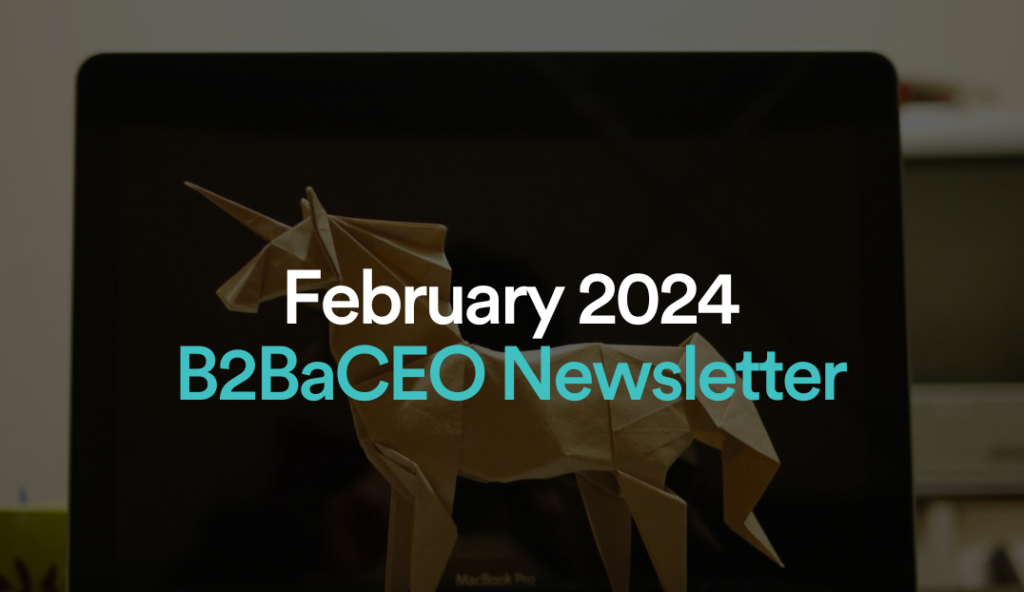Our investment in Stacklet: building cloud that scales
06.04.2024 | By: Sid Trivedi

Foundation Capital Partner Sid Trivedi, with Travis Stanfield and Kapil Thangavelu on their first Stacklet trip to San Francisco in July 2021.
Today Stacklet announced that it has raised a $14.5M Series B round led by SineWave Ventures. Stacklet allows enterprises to build a more resilient cloud architecture—by reducing costs, improving security and maintaining compliance.
Foundation Capital was the first investor in Stacklet, having led the original $4M Seed Round back in June 2020. We have invested in every round since then, and I’ve been fortunate to work with the team right from the start as a member of the board of directors for the past four years. As we announce this growth round, I wanted to share how the journey began, why we invested, and what the future holds.
It all starts with Cloud Custodian
Stacklet’s story begins at Capital One, the first of the top 10 US banks to announce that it was exiting its data center infrastructure and going all-in on public cloud. Back when the bank was making this transition most of the services that help enterprises manage cloud assets today didn’t exist. In 2015, a distinguished engineer on the team, Kapil Thangavelu, created a new way for the bank to manage their cloud resources via an abstraction language built on top of Python. This project was integral to enabling Capital One’s cloud journey and in April 2016 the company decided to commit it to open-source—which is how Cloud Custodian was born.
Over the next four years, Kapil, Capital One and AWS (Capital One’s primary cloud service provider) actively marketed the open-source project speaking both at large conferences and in small 1-on-1 executive briefings. They explained that an open-source rules engine written in Python (which made it easily accessible to developers to customize) with a YAML domain-specific language (an abstraction layer adaptable to IT and security admins) would appeal to all parties and enable the modern DevOps model of continuous updates to applications while maintaining infrastructure controls.
Their hard work paid off. Today, Cloud Custodian has achieved widespread adoption across thousands of enterprises. Intuit, Freddie Mac, Aegon, Nike, JP Morgan, Riot Games, Siemens, and many others use Cloud Custodian as the underlying policy management tool for their cloud infrastructure. The open-source project has 500M+ total downloads, 4,000+ active chat participants, and 400+ code contributors.

A slide from Stacklet’s original May 2020 seed pitch deck showing Cloud Custodian adoption amongst enterprises. Over the years, many open source users have become current or prospective Stacklet customers.
Building a cloud governance platform
In late April 2020, Rob Ghilduta, one of the smartest builders I know, called me to share that an exceptional engineer named Kapil had left Amazon to team up with another Capital One alum, Travis Stanfield, and start a new company called Stacklet, which would commercialize Cloud Custodian.
At the time I was starting to form a thesis on how IT and Security teams would be impacted by the COVID-19 pandemic and one of my key beliefs was we would see many on-prem focused companies move to a hybrid-cloud approach. This is because the cloud allowed for quick capacity adjustments and the ability to add new software without accessing physical sites—both advantages were critical during the pandemic.
Kapil had spent the last two decades as an infrastructure engineer with deep open-source expertise across Capital One, AWS and Canonical. He was described by several of his peers as one of the most brilliant programmers in cloud (just walk around AWS re:Invent with Kapil and you’ll see what I mean). Travis also had a technical background, having run engineering teams at Capital One, Microsoft, and DealterTrack. But where he really stood out was in his innate ability to interact with customers—he could explain technical concepts in simple terms and bring the context back to the bigger picture of business value.

At a dinner in Washington, D.C., in September 2020 with Travis, Kapil, and Marco (Employee #1) when my partner Ashu Garg and I made our first COVID-19 work trip to meet the Stacklet team in person.
When we invested, there was little more than the two founders, a pitch deck, and a dream to make cloud adoption more practical. Over the years, we’ve helped the team build its product vision, close key engineers and GTM hires (like Dean Henrichsmeyer), bring on the right advisors (like CrowdStrike Co-Founder and ex-CTO Dmitri Alperovitch), source early customers (like Tony Pekala at ETS) and secure two successive rounds of funding.
Today, Stacklet provides a fully-hosted SaaS product that includes a cloud governance platform (comprehensive view of a company’s cloud estate and posture, and centralized management of policies via a dashboard and API) and a real-time multi cloud asset database. The product also provides out-of-the-box policy packs to enforce cloud cost, security and compliance policies and infrastructure-as-code governance, which allows companies to implement guardrails for their infrastructure code across developer workstations, code reviews and CI/CD pipelines. Stacklet most recently released Jun0, which allows senior leaders to use simple natural language to learn insights about their cloud and create new governance policies.
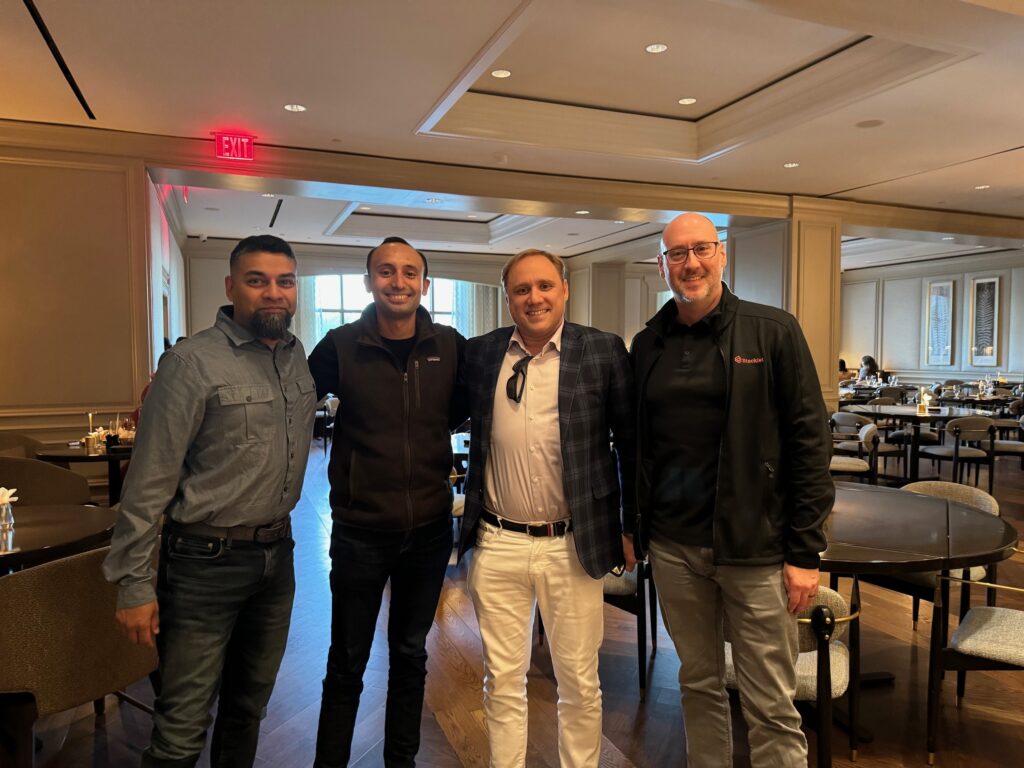
With Kapil and Dean from Stacklet and CrowdStrike Co-Founder Dmitri in April 2024.
What really sets Stacklet apart from its competition is its ability to operate at Fortune 500 cloud scale (the company manages over $2B of cloud spend for its customers across AWS, GCP and Azure), a simple deployment process (show value in days, not months) and the uniqueness of actually enforcing actions to fix the issues that were identified (rather than simply identifying the problems).
Finding product market fit
No startup journey I’ve been part of follows a linear progression. There are always ups and downs—the highs are very high, but the lows can be very low.
Almost immediately after our investment, Stacklet built a beta version of its platform and closed its first paid design partner in November 2020. On the heels of this success, Addition led an $18M preemptive Series A round. Cloud adoption was strong, and by the time we launched the product in June 2021, demand was high. The company crossed $1M ARR within 7 months of launch. It felt like nothing could go wrong.
But in 2022, we hit a bump. Initially, the platform capability and policy pack use cases were heavily focused on compliance and security. By February 2022, the macro environment had changed for the worse and compliance teams at customers were meaningfully impacted through headcount reductions. Cost had become a new area of interest for customers who had up to this point only focused on revenue growth but now, under pressure from both inflation and an impending recession, were looking for ways to improve margins. The Stacklet team learned about this opportunity and made the difficult decision to re-focus efforts to build out its cloud cost optimization capabilities. This required us to reduce GTM efforts and focus on the product.
By early 2023, we had sharpened our cloud cost strategy and came back to the market with a new comprehensive platform that met needs for cloud cost alongside security, and compliance. We had found product market fit and 2023 saw the business triple ARR while maintaining a very efficient burn multiple profile (we were a quarter away from profitability!). The business today has several blue-chip customers across diverse sectors like financial services (Truist, Blackbaud, Aegon), video games (EA, Riot Games, Epic Games) and enterprise software (Infoblox, Avalara, CyberArk, Epsilon).
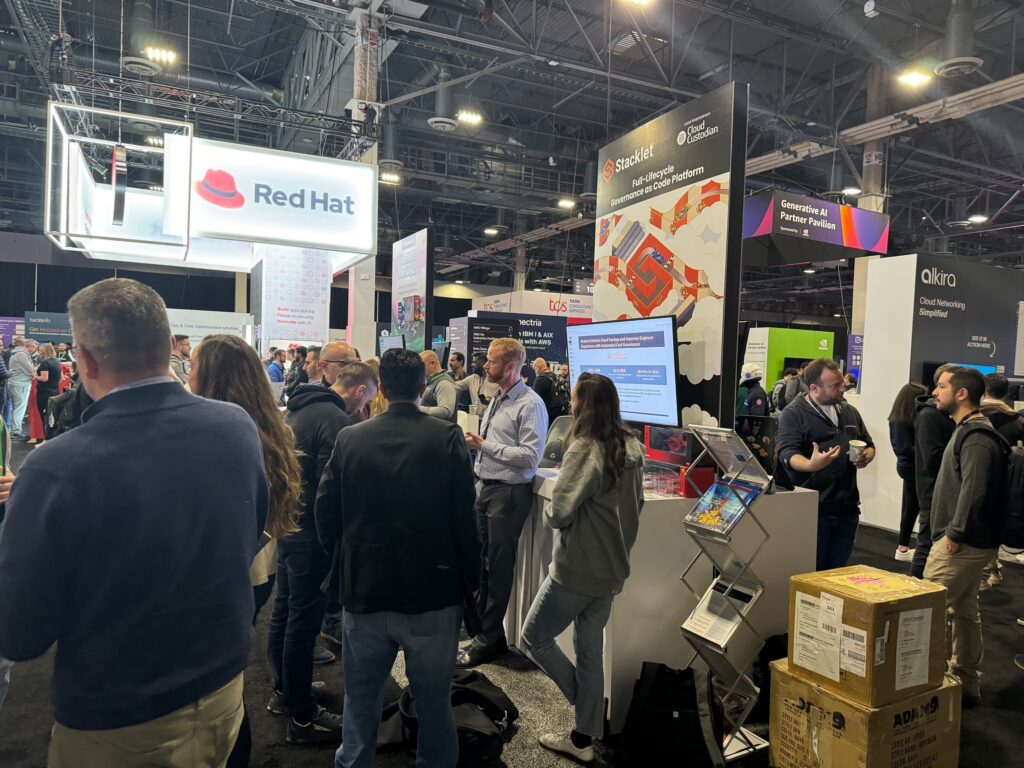
A packed Stacklet booth at AWS re:Invent 2023.
This growth didn’t go unnoticed by Yanev Suissa and Greg Kotchick of SineWave Ventures, who had also been an early growth investor in Databricks and SentinelOne. They saw many similarities and decided Stacklet had reached a critical inflection point with a massive opportunity ahead. Alongside SineWave, we’re excited to bring aboard Salil Deshpande of Uncorrelated Ventures (who has deep expertise in commercial open-source across companies like Redis and MuleSoft), Julia Kagan of Strait Capital (who was introduced to the team via a Stacklet customer) and Capital One Ventures (where it all began).
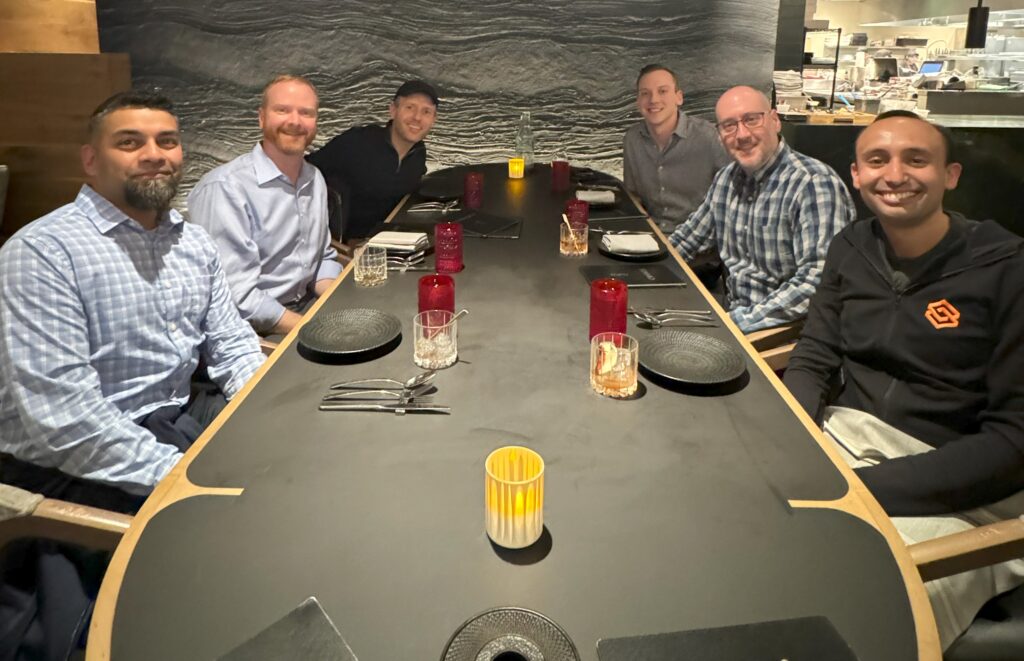
At the April 2024 Stacklet board meeting in Washington, D.C., with Travis, Kapil and Dean from Stacklet and Yanev and Greg from SineWave Ventures.
Scaling for the long run
According to the April 2024 CIO survey data from Barclays Research, over 40% of workloads are expected to run in the public cloud this year, accounting for 30% of total IT spending. Enterprises are finally starting to move higher-value databases and software services to the cloud.
But cloud infrastructure management can be opaque, and Gartner predicts that 60% of organizations will encounter cost overruns in public clouds. Similarly, recent cyberattacks have shown that cloud misconfigurations can lead to significant breaches.
We believe that there is a massive opportunity ahead for Stacklet to build a category-defining company that empowers enterprises to fully leverage the benefits of cloud. All of us at Foundation Capital are proud to support Stacklet. Congratulations to Travis, Kapil, and the entire Stacklet team.
Stacklet is headquartered in Arlington, Va., but has a fully distributed team and they are actively hiring across multiple functions—check open listings here.
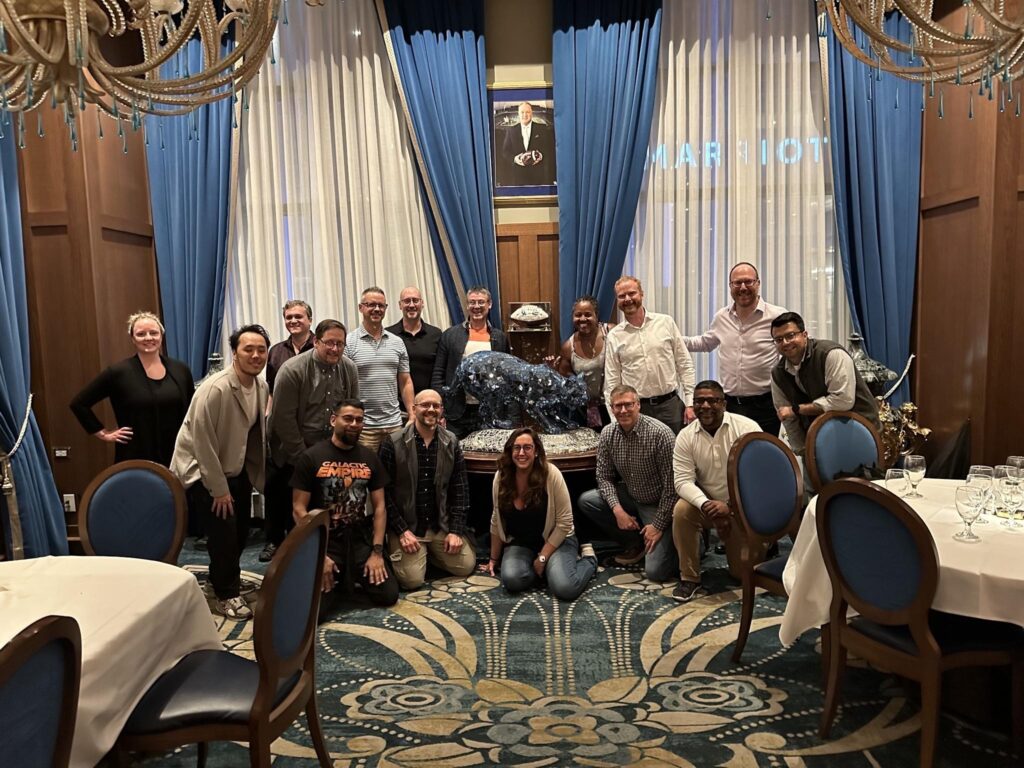
The Stacklet team at their May 2024 offsite in Lexington, Ky.
Published on 01.31.2023
Written by Foundation Capital
